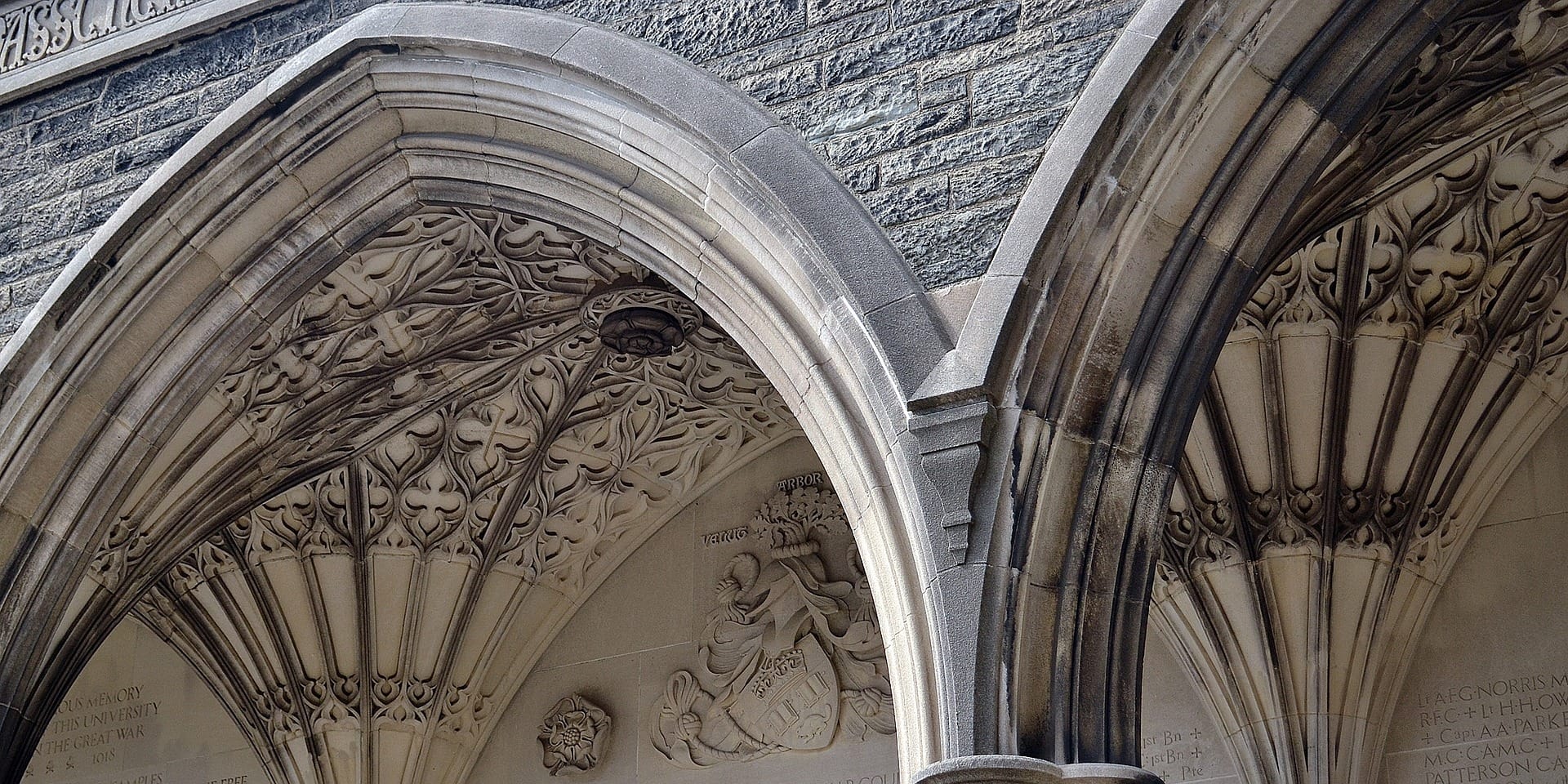Digest of Connecticut Appellate Court advance release opinions about trusts and estates, tax assessment, and…
Two Part Test for Admitting Computerized Business Records
In this Connecticut Appeal (Midland Funding, LLC v. Mitchell-James), the Appellate Court confirmed that there’s a two part test for admitting computerized business records into evidence.
Plaintiff claimed to have purchased defendant’s credit card account from the card issuer, JPMorgan Chase Bank, N.A. Plaintiff moved for summary judgment and submitted an affidavit that it claimed laid the foundation for the admission of two documents into evidence: a bill of sale for unspecified loans and a “field data sheet” reflecting, among other things, defendant’s name and the amount she owed.
Defendant opposed, claiming that the two documents were inadmissible hearsay and plaintiff had not demonstrated that it was the “bona fide owner of the account in question.” Plaintiff replied with another affidavit. This second affidavit “averred that Chase sold a ‘pool of charged-off accounts’ to the plaintiff, and, as part of the sale, ‘electronic records and other records on individual accounts included in the [pool of charged-off accounts] were transferred to [the plaintiff].’ [The affiant] affirmed that he was ‘aware of the process of the sale and assignment of electronically stored business records,’ and averred, without elaborating as to the basis for his averment, that he was ‘not aware of any errors in the [pool of charged-off accounts].'”
The trial court granted plaintiff summary judgment. Defendant appealed. The Appellate Court reversed.
Defendant’s Main Argument on Appeal
“On appeal, … the defendant argue[d] that Stayton’s affidavit failed to provide the ‘evidentiary foundation for the documents submitted [by the plaintiff] as business records.’ Consequently, the defendant argue[d], the plaintiff ‘never established that it was the successor in interest to the account in question’; thus, the court erred in rendering summary judgment because a genuine issue of material fact existed as to whether the plaintiff owned the defendant’s charged-off account.”
Appellate Court Confirms Two Part Test for Admitting Computerized Business Records
“When the proffered business records are computer generated, … the proffering party must satisfy a two part test. First, the proponent must satisfy … the three conditions set forth in General Statutes § 52-180. The court must determine, before concluding that it is admissible, that the record was made in the regular course of business, that it was in the regular course of such business to make such a record, and that it was made at the time of the act described in the report, or within a reasonable time thereafter…. Second, the proponent of the computer generated business records must establish that the basic elements of the computer system are reliable…. The genesis of the second part of the test dates back to American Oil Co. v. Valenti, 179 Conn. 349, 358–59, 426 A.2d 305 (1979), in which our Supreme Court noted that ‘[b]usiness records that are generated by computers present structural questions of reliability that transcend the reliability of the underlying information that is entered into the computer. Computer machinery may make errors because of malfunctioning of the hardware, the computer’s mechanical apparatus. Computers may also, and more frequently, make errors that arise out of defects in the software, the input procedures, the data base, and the processing program…. In view of the complex nature of the operation of computers and general lay unfamiliarity with their operation, courts have been cautioned to take special care to be certain that the foundation is sufficient to warrant a finding of trustworthiness and that the opposing party has full opportunity to inquire into the process by which information is fed into the computer.'”
Plaintiff’s Field Data Sheet Inadmissible because Plaintiff Failed to Demonstrate Computer System Reliability
The Appellate Court concluded that plaintiff’s “affidavit did not establish that the basic elements of the computer system [were] reliable…. Heeding our Supreme Court’s caveat that [c]omputers may … make errors that arise out of defects in the ‘software,’ the input procedures, the data base, and the processing program[,] … we conclude that it was incumbent on the plaintiff to produce an affidavit from a person who is familiar with computerized records not only as a user but also as someone with some working acquaintance with the methods by which such records are made … to
establish the reliability of the plaintiff’s computer system.”
Appellate Court Concludes Plaintiff Failed to Establish Standing
The field data sheet was inadmissible hearsay and thus did not support plaintiff’s claimed ownership of the account. The problem with the bill of sale seems to have been that it did not specifically identify defendant’s account as one of the accounts Chase sold to plaintiff. In other words, there was no evidence that the sale to plaintiff actually included defendant’s account.
Other Things to Note
In footnote 8, the court addressed plaintiff’s argument “that because the ‘defendant failed to produce any evidence to controvert the plaintiff’s motion or . . . [submit a counteraffidavit],’ there was no genuine issue of material fact, thereby affording the court ‘little choice but to grant’ its motion for summary judgment. To be sure, when the moving party seeking summary judgment meets its burden, ‘the opposing party must present evidence that demonstrates the existence of some disputed factual issue.’ (Internal quotation marks omitted.) Marinos v. Poirot, 308 Conn. 706, 712, 66 A.3d 860 (2013). However, ‘[w]hen documents submitted in support of a motion for summary judgment fail to establish that there is no genuine issue of material fact, the nonmoving party has no obligation to submit documents establishing the existence of such an issue.’ (Emphasis added; internal quotation marks omitted.) Id.”


